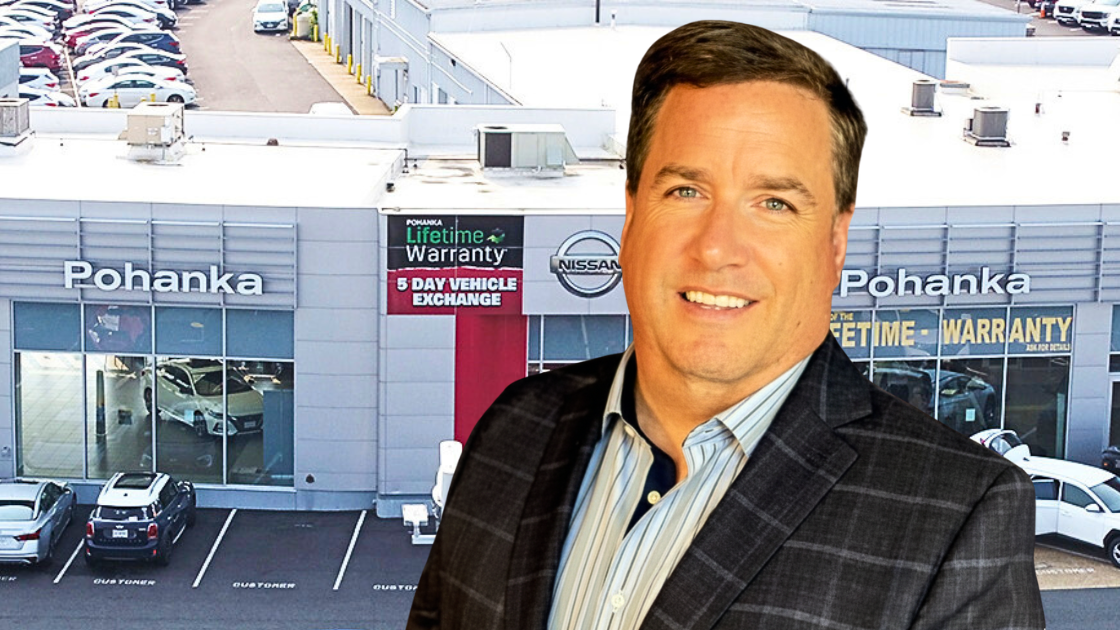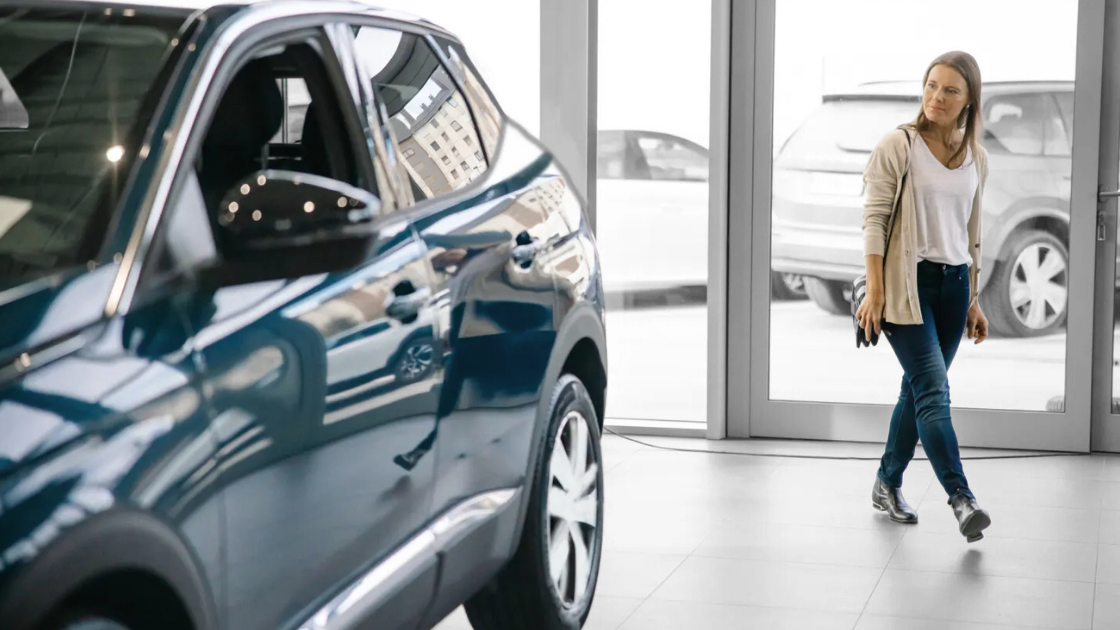
J.D. Power projects electric vehicle (EV) retail share will hold steady at 9.1% in 2025, marking the first time in years that growth won’t accelerate.
But the problem isn’t necessarily demand—it’s the changing economics of EV ownership. As tax credits (likely) disappear, tariffs brew, and infrastructure gaps persist, automakers, dealers, and consumers all have decisions to make.
For context: Over the years, EV adoption has been driven by two primary forces—federal tax credits making EVs more affordable and an expanding lineup of mass-market models. But in 2025, both of these pillars are being tested:
The Trump administration plans to eliminate the Clean Vehicle Tax Credit, which has played a key role in closing the price gap between EVs and gas-powered cars.
This means—state rebates and tax breaks will become the deciding factor in many markets.
New tariffs on imported EVs and even gas-powered cars could push prices higher, creating uncertainty for automakers deciding whether to absorb the cost, cut into margins, or pass it on to consumers.
Even as more affordable EVs hit the market, charging infrastructure continues to lag, particularly in areas where EV adoption is just taking off.
Zooming in: The luxury segment dominated the early years of EV adoption, but that’s no longer the case.
In 2024, mainstream EV sales surged 58% to 376,000 units, thanks to models from Chevrolet, Ford, Honda, Hyundai, and Kia.
But unlike luxury EV buyers, who were early adopters willing to pay a premium, mass-market consumers are shopping based on price.
Why it matters: A loss of EV sales momentum could put automakers at risk for overproducing vehicles consumers won’t buy—leading to bloated inventories, price cuts, and shrinking margins. Dealers—caught in the middle—might struggle with slower turn rates and a tougher sales pitch, while consumers could see fewer EV options in the future as manufacturers shift focus back to hybrids and gas-powered cars.
Bottom line: 2025 is a stress test for the EV market. Electrified vehicles aren’t going away, but the easy growth is over. The decisions made this year—on pricing, policy, and infrastructure—will determine whether this slowdown is temporary or the start of a much longer plateau.
Become an automotive insider in just 5 minutes.
Get the weekly email that delivers transparent insights into the car market.
Join 90,000+ others now, it's free:
In today's automotive landscape, car buyers invest more time than ever in researching, considering, and comparing options. But for dealers, the challenge lies in pinpointing the audience ready to make a purchase.
Enter Premier by Edmunds.
Premier offers dealers a groundbreaking way to connect with in-market car shoppers precisely when, where, and how they prefer. With over 20 million monthly visits, Edmunds.com is the go-to destination for buyers seeking market insights, expert advice, and budget tools to make informed decisions.
Through Edmunds Premier, dealers gain access to this highly coveted audience. Simply list your new and used inventory on Edmunds, and watch as qualified, in-market traffic flows directly to your vehicle detail pages on your website.
Don't miss out on this opportunity to elevate your dealership's visibility and sales performance. You can sign up for Premier today at Edmunds.com/CDG.












